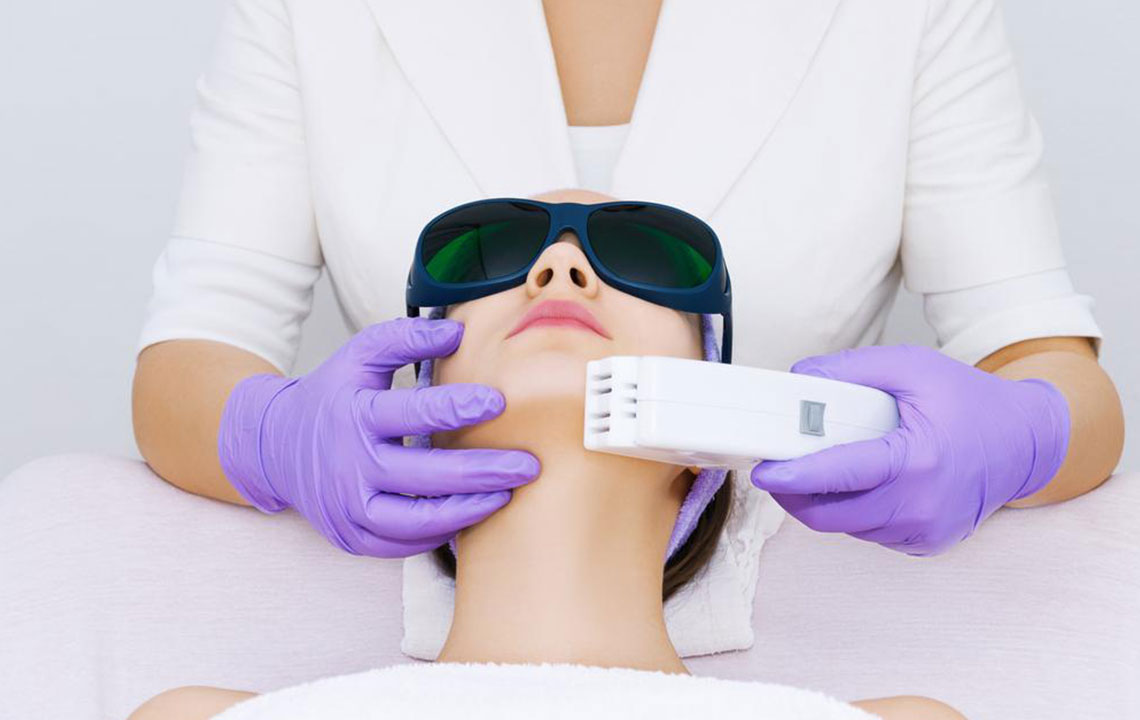Try These Six Ways To Eliminate Facial Hair

From unnecessary maintenance to grooming and caring for it, removing facial hair can do wonders and loosen up your face. Most importantly, you’ll feel lighter and more confident.
Exfoliation is one of the primary benefits you get when removing facial hair. It clears up dead skin cells, rejuvenates hair roots, and nourishes the skin. Although cleaning your face regularly is a must, sometimes you have to go an extra mile to take better care of your face.
When you remove facial hair, you also remove excess oil buildup in the skin which results in a smoother, tighter, and glowing skin. This also makes it easy to apply makeup and various beauty products, without any side effects or unexpected reactions to the skin.
While there are many remedies available in the market in the form of chemical products, the best facial hair remover is by using natural methods. Natural home remedies are easy to apply, go easy on the budget, and does not take a lot of effort to make them. Plus, you get to see excellent results without side effects!
Let’s take a look at the different natural home remedies that are some of the best facial hair removers.
The Sugar Wax Therapy
Apart from making your coffee taste great, sugar can also make your face look great.
Take two teaspoons of brown, unrefined sugar (or natural sugar) and add one teaspoon of honey to it. Add one teaspoon of boiling water and stir the mixture well, and heat it up in a microwave for thirty seconds. Stop heating it when the mixture starts bubbling and turns brown.
Use a spatula to apply this mixture to the areas that have facial hair and by using a cloth strip, move it by applying pressure towards the areas that have unwanted hair. This is one of the best facial hair removers for your skin.
Spearmint Tea
Turkish researchers have found that hormonal imbalances during menstrual cycles often spur unwanted facial hair growth, because of excessive androgen present in the body. According to them, the best facial hair remover is spearmint tea.
During the follicular period at the beginning of your menstrual cycle (which can go up to 14 days), boil a cup of water and add fresh spearmint leaves to it.
Cover the cup and let it steep for 5 to 10 minutes. Strain the tea and drink it two times a day regularly. You can also drink herbal spearmint tea every day and not just during menstrual periods.
The Lemon-Honey Face Mask
Did you know lemon and honey are some of the best facial exfoliators and moisturizers?
Lemon extracts help in nourishing the skin while the honey sticks to your face well, and aids in removing facial hair in the form of a mask. Honey also softens and moisturizes hair follicles.
The combined therapy of the lemon-honey mask prevents inflammation and itchy skin due to their antibacterial and anti-inflammatory properties.
You take one tablespoon of fresh lemon extract and mix it well with four tablespoons of raw natural honey. Apply the mixture to your face and leave it on there for 15 to 20 minutes. Take a washcloth, soak it in lukewarm water, and apply it to your face to remove the honey-lemon mask.
Doing this twice a week can provide long-lasting results and acts as one of the best facial hair removers for your skin.
Rose Water And Green Gram Flour
Take two spoons of green gram flour and mix it well with one and a half spoon of rose water. Apply the mixture on your face and let it sit for 20 to 25 minutes.
Scrub it off using a washcloth, or soft rag and repeat this procedure twice or thrice a week. Green gram flour is well known for its exfoliating properties, while rose water works best with sensitive skin that’s prone to acne.
Sugaring
Sugaring is an ancient Egyptian remedy that works best for removing facial hair.
Take a one-quart cup of water and heat it in a pan, and mix this with two cups of granulated sugar with one quart of lemon juice.
Keep mixing and continue heating, till you see bubbles forming on this mixture. Lower the heat to medium and simmer for 25 minutes, till it acquires a dark amber tone. Prep up your skin by taking cornstarch and spreading it over your face. Now, take a washcloth or a clean rag and let it sit on your face for a few minutes, and then pull it away from the direction of hair growth. This is an effective natural waxing treatment, making it one of the best facial hair remover options.
With these home remedies, you can make your face glow and say goodbye to facial hair.


